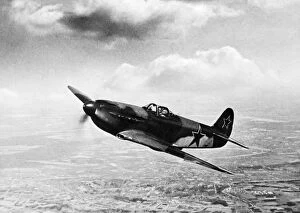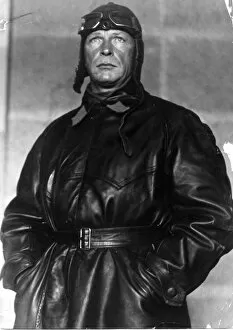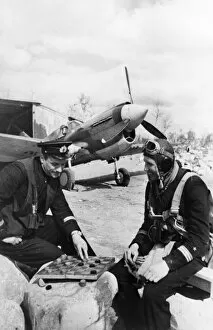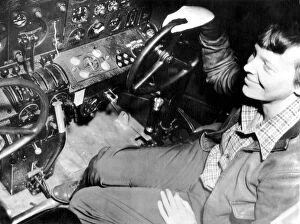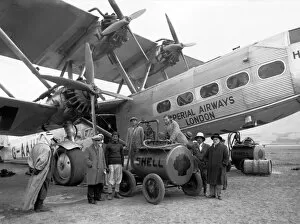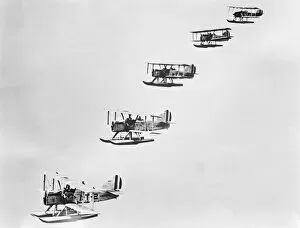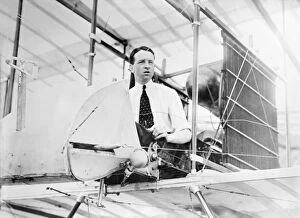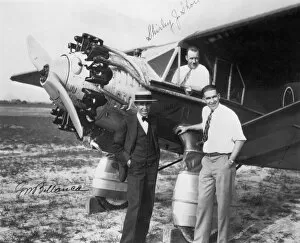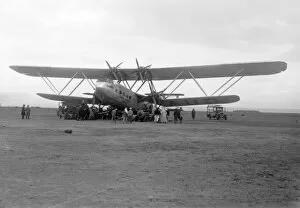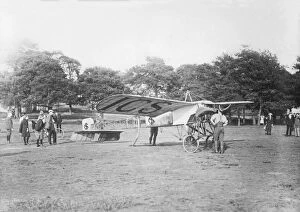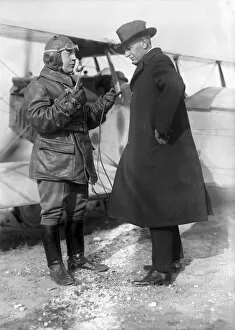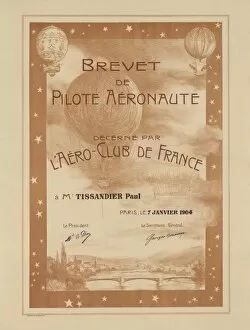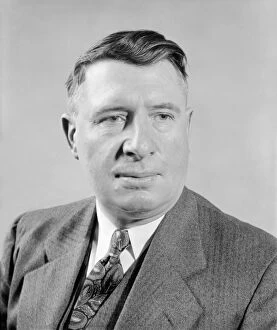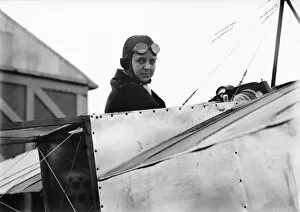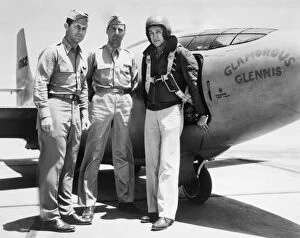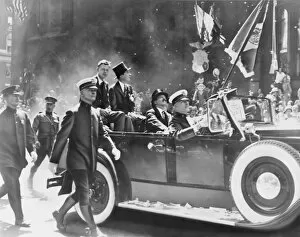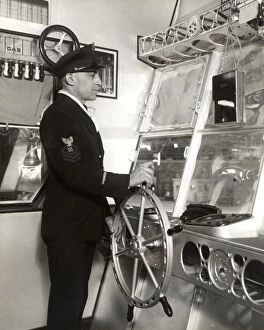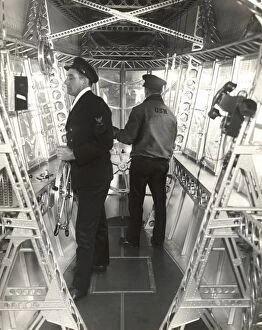Pilot Collection (#75)
"Pilot: Defying Gravity, Embracing Destiny" From the skies of history to the dreams of tomorrow, pilots have always been at the forefront of human ambition
For sale as Licensed Images
Choose your image, Select your licence and Download the media
"Pilot: Defying Gravity, Embracing Destiny" From the skies of history to the dreams of tomorrow, pilots have always been at the forefront of human ambition. Their courage and skill have shaped our world in ways unimaginable. Churchill's praise for RAF Pilots echoes through time as a testament to their unwavering dedication and heroism. In the face of adversity, they soared high, defending freedom with every flight. Elizabeth Bessie Coleman shattered barriers as she became the first African-American woman pilot. Her determination defied societal norms, inspiring generations to reach for the stars. Amelia Earhart, an iconic US aviation pioneer, fearlessly charted new horizons and proved that women could conquer any sky-bound challenge. Her legacy continues to inspire countless dreamers around the globe. The Ford V8 Pilot 1954 Green light symbolized not only automotive innovation but also represented a spirit of adventure that resonated with pilots worldwide. It was a beacon calling them towards endless possibilities in uncharted territories. Flying Officer W E Johns immortalized aviators' bravery through his captivating Biggles stories in Modern Boy magazine. His tales ignited young imaginations and instilled a sense of wonder about aviation's limitless potential. A wartime poster bearing Churchill's famous words "Never was so much owed by so many to so few" encapsulated gratitude towards those who defended nations from above during World War II—a reminder that heroes don't always wear capes; sometimes they wear wings. The Bismarck dropping its pilot serves as a poignant metaphor for letting go of old limitations and embracing new beginnings—an allegory mirrored by pilots who constantly push boundaries both within themselves and their aircrafts. Amy Johnson blazed trails as an English pilot whose pioneering spirit knew no bounds. With each flight she took, she challenged gender stereotypes while leaving an indelible mark on aviation history.

